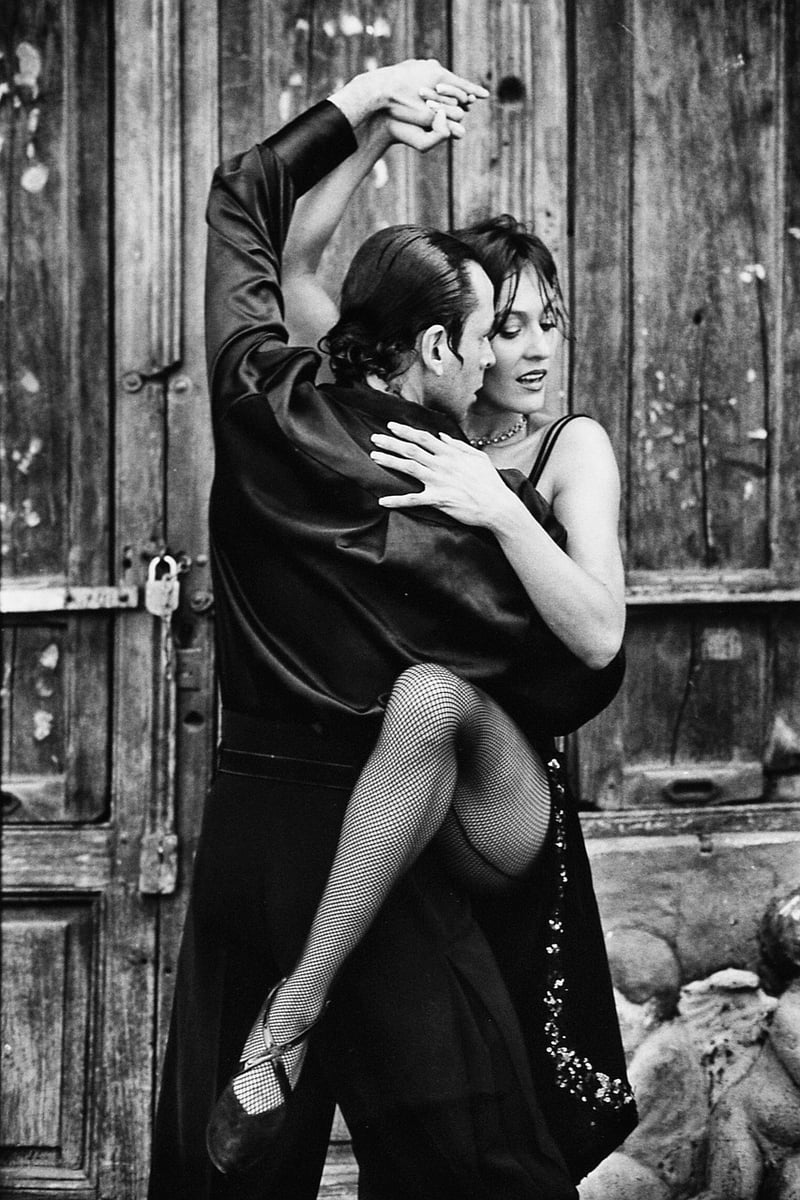Hip Hop
Expressive Movement in Hip Hop Culture
Hip hop culture is a vibrant and dynamic artistic movement that encompasses various elements such as rap music, DJing, graffiti art, and most notably, dance. Within the realm of hip hop dance, there exists a form of expression that goes beyond just movement - it's about conveying emotions, stories, and experiences through the body. This unique style of dance is known as expressive movement in hip hop.
The Power of Expressive Movement
Expressive movement in hip hop allows dancers to communicate a wide range of emotions, from joy and celebration to pain and struggle. It serves as a form of storytelling where the body becomes the medium through which narratives are shared. Dancers use intricate gestures, fluid motions, and powerful stances to convey their innermost feelings and connect with their audience on a deeper level.
Elements of Expressive Movement
There are several key elements that define expressive movement in hip hop dance:
- Isolation: Dancers focus on isolating different parts of their body to create unique movements and visuals.
- Facial Expressions: Emotions are conveyed not just through body movements but also through facial expressions, adding depth to the performance.
- Storytelling: Each dance routine tells a story or conveys a message, allowing dancers to express their personal experiences and perspectives.
- Musicality: Dancers interpret the rhythm and beats of the music, syncing their movements with the sounds to enhance the overall performance.
Expressive Movement in Practice
When watching a hip hop dance performance that incorporates expressive movement, you can expect to see a powerful fusion of skill, emotion, and creativity. Dancers use their bodies as instruments to translate the music into a visual form, creating a mesmerizing and impactful experience for both performers and spectators.
Whether it's a solo freestyle or a group choreography, expressive movement in hip hop captivates audiences and leaves a lasting impression with its authenticity and raw energy.
Conclusion
Expressive movement is at the heart of hip hop culture, showcasing the power of dance as a form of self-expression and communication. Through intricate movements, emotional storytelling, and a deep connection to the music, hip hop dancers bring a unique and compelling art form to life.
So next time you watch a hip hop dance performance, pay close attention to the expressive movement and the stories being told through the movements - you might just find yourself being moved in more ways than one.

Explore more about expressive movement and hip hop culture here.
